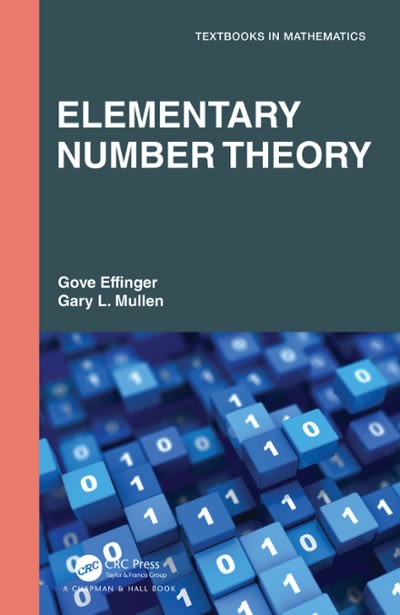Question
3.1 Sample survey: Suppose we are going to sample 100 individuals from a county (of size much larger than 100) and ask each sampled person

3.1 Sample survey: Suppose we are going to sample 100 individuals from a county (of size much larger than 100) and ask each sampled person whether they support policy Z or not. Let Yi = 1 if person i in the sample supports the policy, and Yi = 0 otherwise. a) Assume Y1,...,Y100 are, conditional on ?, i.i.d. binary random vari- ables with expectation ?. Write down the joint distribution of Pr(Y1 = y1, .P. . , Y100 = y100|?) in a compact form. Also write down the form of Pr( Yi=y|?). b) For the moment, suppose you believed that ?P2 {0.0, 0.1, . . . , 0.9, 1.0}. GivPen that the results of the survey were 100 Yi = 57, compute i=1 Pr( Yi = 57|?) for each of these 11 values of ? and plot these prob- abilities as a function of ?. c) Now suppose you originally had no prior information to believe one of these ?-values over another, and so Pr(? = 0.0) = Pr(? = 0.P1) = = Pr(? = 0.9) = Pr(? = 1.0). Use Bayes' rule to compute p(?| ni=1 Yi = 57) for each ?-value. Make a plot of this posterior distribution as a function of ?. d) Now suppose you allow ? to be any value in the interval [0, 1]. Using the uniform prior Pdensity for ?, so that p(?) = 1, plot the posterior density p(?) ? Pr( ni=1 Yi = 57|?) as a function of ?. e) As discussed in this chapter, the posterior distribution of ? is beta(1+ 57, 1 + 100 57). Plot the posterior density as a function of ?. Discuss the relationships among all of the plots you have made for this exercise.

Step by Step Solution
There are 3 Steps involved in it
Step: 1

Get Instant Access to Expert-Tailored Solutions
See step-by-step solutions with expert insights and AI powered tools for academic success
Step: 2

Step: 3

Ace Your Homework with AI
Get the answers you need in no time with our AI-driven, step-by-step assistance
Get Started


